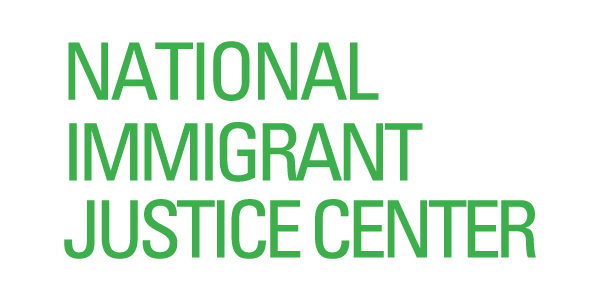Solitary confinement is a form of segregation in which individuals are held in total or near-total isolation. Individuals in solitary confinement are generally held in small cells for 23 hours a day and rarely have contact with other people. In all instances, individuals in solitary are subject to stringent restrictions on recreation, visitation, and other privileges available to the facility’s general population. Solitary confinement is sometimes referred to as “isolation,” “the hole,” “Supermax,” “Secure Housing Unit (SHU),” or other terms. The United Nation’s Special Rapporteur of the Human Rights Council on torture and other cruel, inhuman or degrading treatment or punishment has stated that prolonged solitary confinement can amount to torture, recognizing that confinement extending beyond 15 days may lead to irreversible psychological damage.
The Department of Homeland Security’s (DHS) Immigration and Customs Enforcement (ICE) uses two forms of solitary confinement: administrative and disciplinary segregation. Administrative segregation, which also includes “protective custody,” is considered by ICE a non-punitive status whereas disciplinary segregation is punitive. The National Immigrant Justice Center's 2012 report with Physicians for Human Rights, Invisible in Isolation: The Use of Segregation and Solitary Confinement in Immigration Detention, found that solitary confinement of immigrants in detention is often arbitrarily applied, inadequately monitored, harmful to health, and a violation of due process rights. Despite the 2013 implementation of ICE’s Segregation Directive, NIJC continues to see many instances of the misuse of solitary confinement in immigration detention, especially among vulnerable populations such as those with mental illness or medical disability, LGBT immigrants, and survivors of torture and domestic violence. A 2019 investigation by the International Consortium for Investigative Journalists, NBC News, and The Intercept reported that ICE put more than 8,000 people in solitary confinement between 2012 and 2017, often to punish those with mental illness and segregate transgender immigrants.
Recommendations
- DHS must end the misuse of solitary confinement, particularly for individuals with mental health and chronic medical conditions, LGBT individuals, and other vulnerable populations for whom release or alternatives to detention are more appropriate. DHS should also prohibit the use of disciplinary segregation for individuals with a serious mental illness and instead provide psychiatric care to the individual.
- Expand use of alternatives to detention (ATDs) that are community based and appropriately designed for vulnerable populations. If individuals cannot be safely detained as part of the general population, they should not be held in detention and released either on their own recognizance or on ATD.
- DHS must implement legally binding regulations to govern the use of solitary confinement.
- DHS must track the use of solitary confinement for all detained individuals, regardless of length of segregation or special vulnerabilities, and release this information publicly to promote transparency. Independent, third parties should be engaged in the oversight process.
- DHS must require immigration detention facilities to properly investigate accusations against detained individuals before placing them in disciplinary segregation. DHS must also require facilities to afford individuals an opportunity to challenge the evidence against them.

